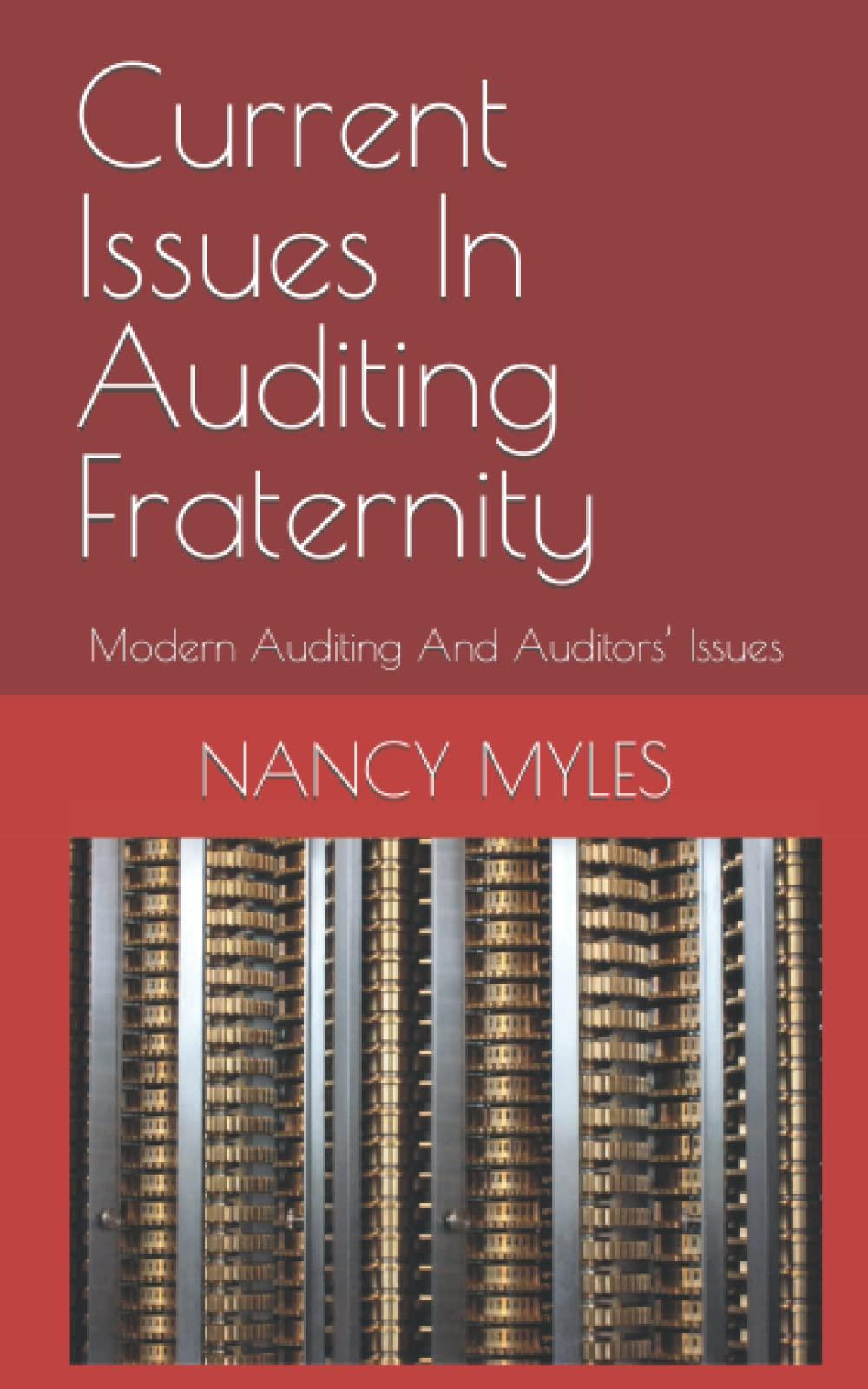Question
SUMMARY THESE PARAGRAPHS Government Grants U.S. GAAP contains limited guidance on government grants. IFRS deals with this subject in IAS No. 20, para. 12), which
SUMMARY THESE PARAGRAPHS
Government Grants
U.S. GAAP contains limited guidance on government grants. IFRS deals with this subject in IAS No. 20, para. 12), which is based on the principle of matching: Government grants should be recognized in income over the periods necessary to match them with the related costs, which they are intended to compensate. The inappropriateness of IAS No. 20s principle becomes clear when applied to grants for the purchase of fixed assets. The grant is treated as income over the life of the asset. This leaves unanswered (and unanswerable) the question of what to do with a grant for the purchase of land, which has no depreciable life. It also raises the problem of what to do with the credit balance until it is fully taken to income. In the absence of a proper principle, a choice is given in IAS No. 20 (para. 24): net off against the asset or show as deferred income. The first treatment leads to no clear measurement basis for the asset, and the second leads to an item shown like a liability18 that does not meet the definition. IAS 20 is at odds with the Framework, which states that: Income is increases of assets or decreases of liabilities (para. 70) and that the application of the matching concept does not allow the recognition of items in the balance sheet which do not meet the definition of liabilities (para. 95). Following the Framework would lead to the treatment of unconditional grants as immediate income, because the recipient has an asset (cash) and no liability. Westwood and Mackenzie (1999) champion this treatment, and it is already adopted by IAS No. 41 (para. 34) in the context of biological assets.
Subsidiaries
An Enron-related example of a rule is the U.S. definition19 of a subsidiary, which is primarily based on ownership of more than one half of the voting shares of another entity.20 The IASBs principle21 in this area is that a subsidiary is an entity that another entity has the power to control. It is not necessary actually to exercise control because the first entitys management would be unlikely to go against the wishes of the other entity. This principle follows directly from the definition of an asset. For something to be an asset, it must be controlled,22 so for a subsidiarys assets to be included in the consolidated balance sheet, the subsidiary must be controlled. Either type of definition might need elaboration. For example, in order to counter off-balancesheet finance, a U.S. group was required23 to show that outsiders had financed at least 3 percent of the total assets of a special purpose vehicle before it could be excluded from consolidation. This added a rule on top of a rule. By contrast, the IASB points out24 that potential shares should be considered when assessing power to control. This clarifies the IASB principle. In this case, the trade-off faced by the standard setters is clear. The U.S. system has chosen a complex set of rules whereas IFRS has chosen a somewhat vague principle. The resulting structuring of transactions in the U.S., as evidenced by the creation of Enrons special purpose vehicles, was one of the results of the rules-based approach.
Step by Step Solution
There are 3 Steps involved in it
Step: 1

Get Instant Access to Expert-Tailored Solutions
See step-by-step solutions with expert insights and AI powered tools for academic success
Step: 2

Step: 3

Ace Your Homework with AI
Get the answers you need in no time with our AI-driven, step-by-step assistance
Get Started


